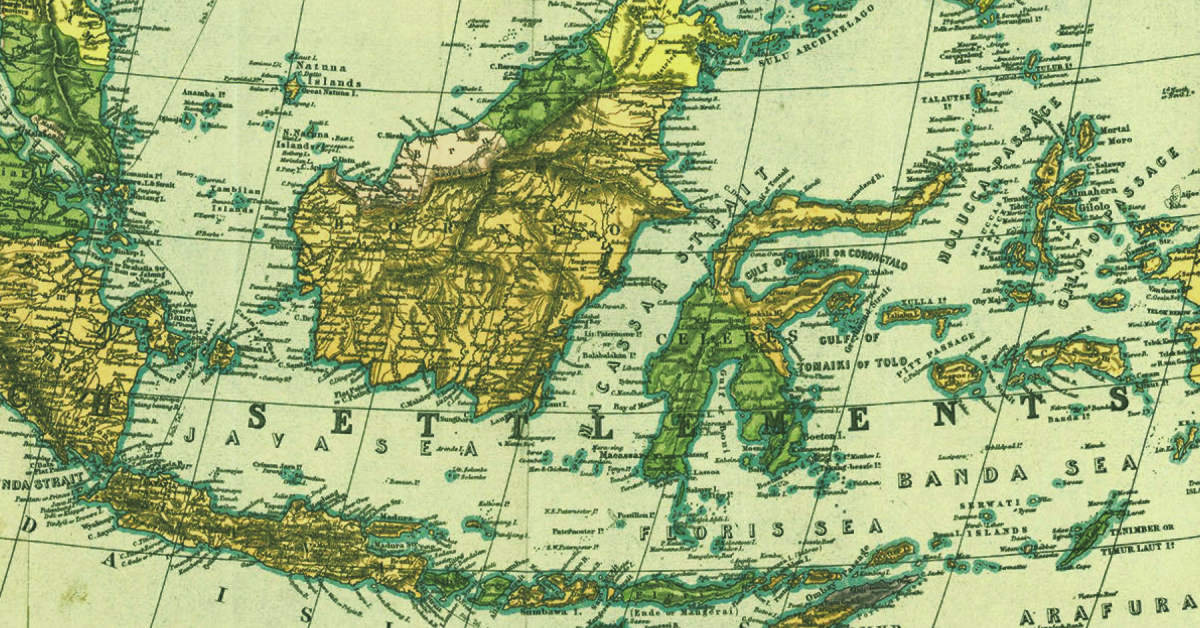New book, released August 2025. Now available for order in print and Open Access download.
Christina L. Truong. 2025. Western Austronesian applicative constructions: Continuity and change in form and meaning. Endangered and Lesser-Studied Languages and Dialects 4. Leiden: Brill. ISBN 978-90-04-73712-9. vxi + 364 pp.
Applicative constructions are a distinctive grammatical feature of the Austronesian languages of western Indonesia, Malaysia, Singapore, and Brunei—a geographic region referred to as West Nusantara. Applicatives in these languages show varied syntactic and semantic properties, and are closely connected to causativization, aspectual meanings, and symmetrical voice. As a result, they do not fit neatly into ‘canonical’ patterns for applicatives. This book adopts a construction-based, typologically-grounded approach, treating applicatives as pairings of form and meaning. Data from 85 languages are analyzed systematically, combining careful description with quantitative methods and extensive use of geomapping to explore the diverse properties of applicatives in this region and their diachronic development. This work demonstrates how applicatives in West Nusantara languages developed from earlier Philippine-type symmetrical voice constructions—still commonly exhibited by western Austronesian languages of Taiwan and the Philippines—while also showing innovative and diverse characteristics resulting from language change.
Contents
1 Introduction
2 Case study: Sundanese applicatives
3 Towards a typologically-grounded, constructional approach to applicatives
4 The distribution of applicatives in West Nusantara: A bird’s eye view
5 Interpreting distributional patterns through geographic typology
6 Properties of applicative constructions and their distribution in West Nusantara
7 A functional typology of applicative constructions in languages of West Nusantara




